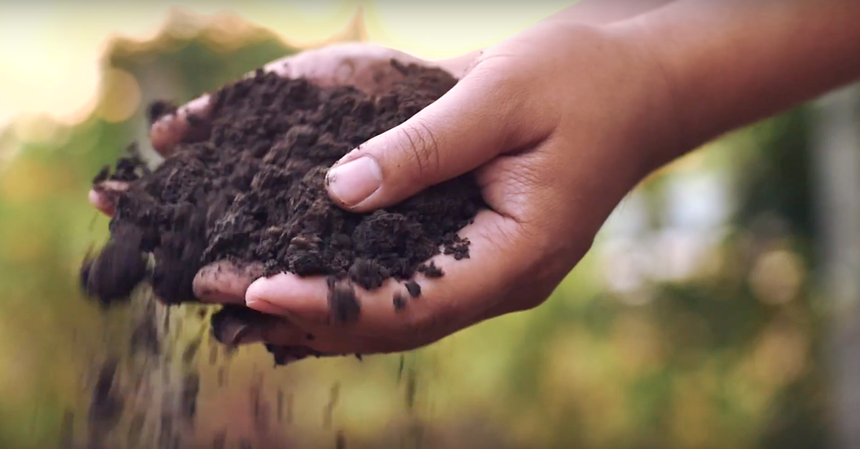Digging up knowledge: Soil research supports no-till farming
February 4, 2019
We don’t change our eating habits till we have a heart attack, the same can be said about the condition of our soil health across the nation.
Dwayne Beck, a research manager at Dakota Lakes Research Farm and a professor of agronomy horticulture and plant science at South Dakota State University, spoke at the South Dakota Soil Health Conference and Annual Meeting on Jan. 23.
His presentation entitled “Making Management Decisions at the Ecosystem Level: Stopping the Bleeding” had the man premise of stopping soil erosion now and implanting new ways to fix our soil that doesn’t hurt the environment.
Backed up by the research done at Dakota Lakes, he shared what can be changed such as adding crop rotation and crop diversity to your crop plan to increase the organic matter.
“We need to be transformational not transitional,” said Beck.
Beck described no-till as managing soil water soil structure and soil biology and using livestock to add phosphorus, rather than just simply not tilling.
“Mother Nature doesn’t do tillage,” Beck said when referring to conventional tillage practices.
Beck’s contribution to the research done to rebuild the soil in South Dakota earned him the Friend of Soil Health award from the South Dakota State Soil Health Coalition.
Four farmers from around South Dakota echoed what Beck said and offered personal experience with their soil health journey.
Jesse Hall from Arlington, South Dakota has seen improvement after adding rotational cover crops to his corn and soybean fields.
Craig and Gene Stehly of Mitchell, South Dakota have tested the amounts of organic matter in their fields with native grasses and using a no-till system along with use of oats and barley as cover crops.
Kurt Stiefvater from Salem, South Dakota has hosted a soil health school to help other farmers use what he has learned to improve the soil health across his area. He has added a cow calf operation in his fields and a small grain rotation over the years. This has also saved him 2-4 percent in labor the last 10 years.
The main concern with no till was how to add phosphorus into the ground, but each farmer had different solutions to the system.
Stiefvater recommended keeping the livestock on the fields over the winter to push it into the soil, while Stehly recommended broadcasting phosphorus down and having enough roots in your soil. Hall prefers to use MFR, which allows him to not come up short on phosphorus.
While each of these farmers has different takes on what we can do to better our soil, they can all agree that something needs to be done and it has to continue.
“This is not a short-term thing, we have to cooperate this together,” Stehly said.
























